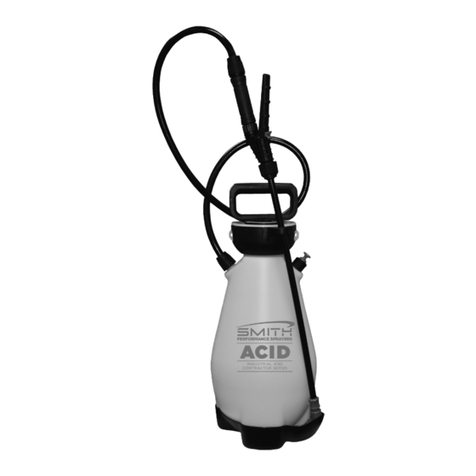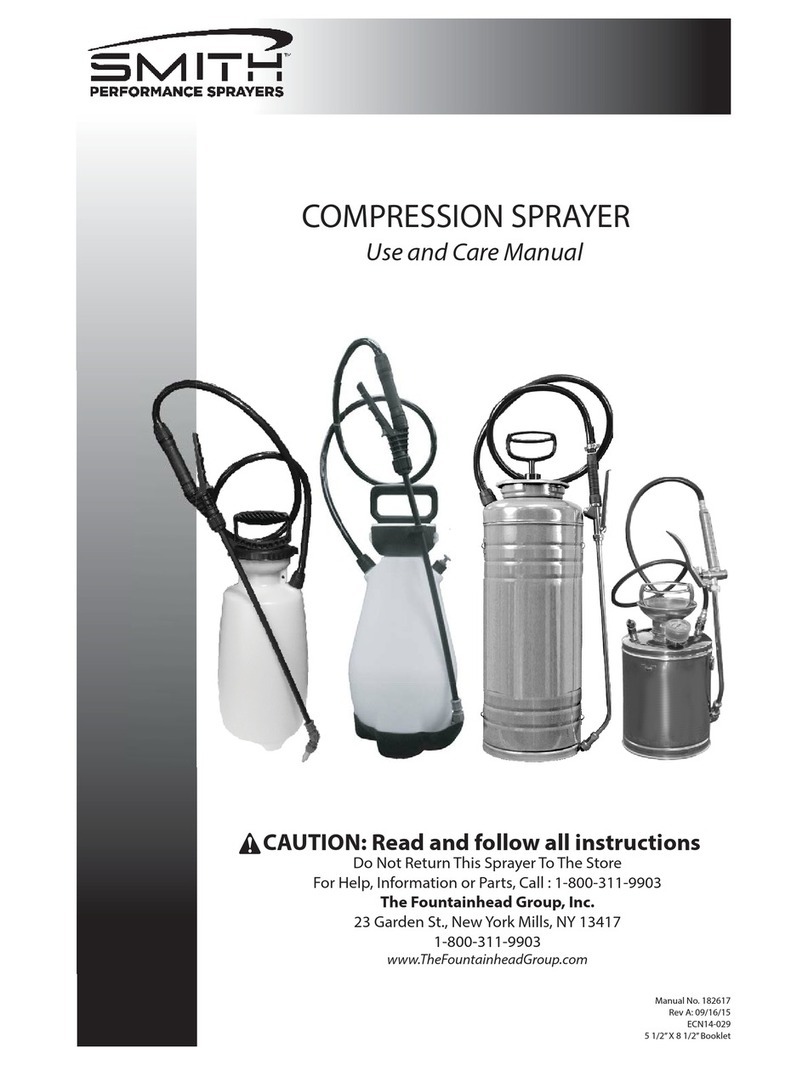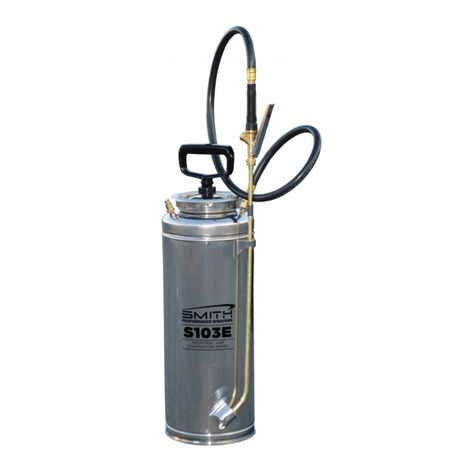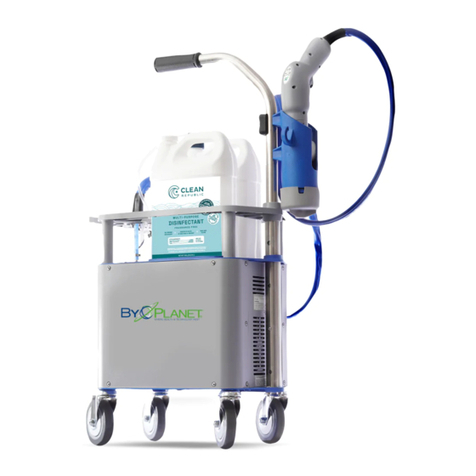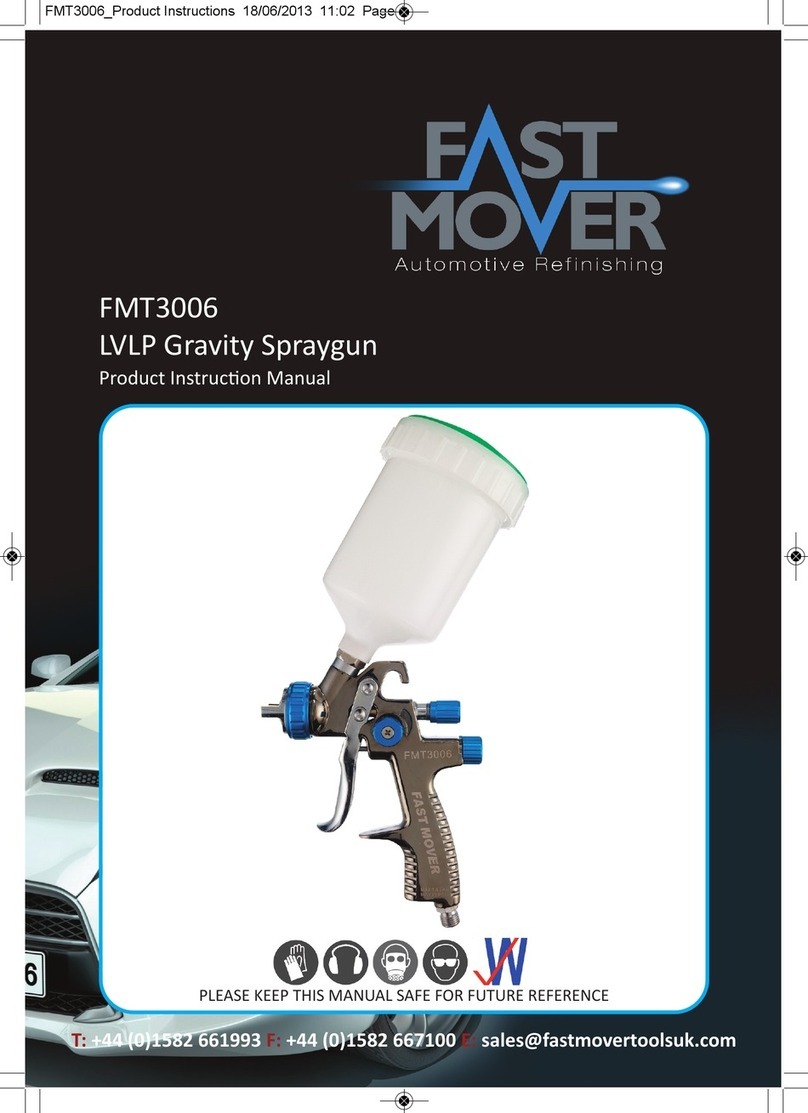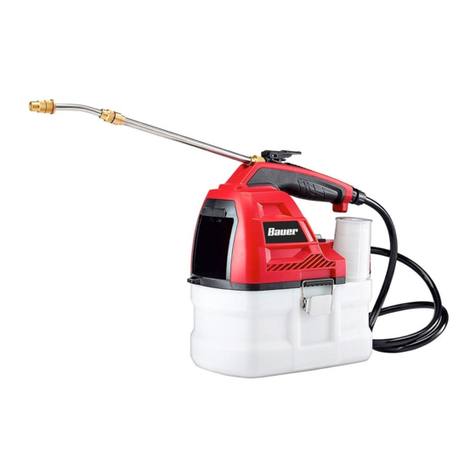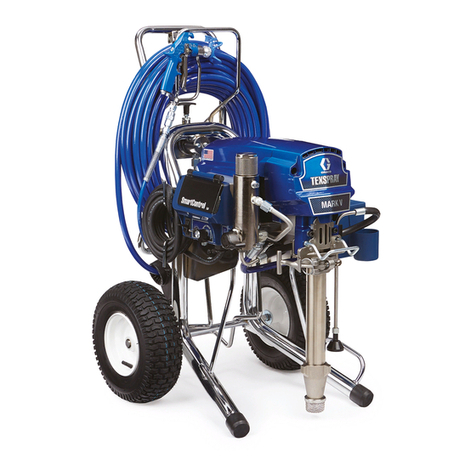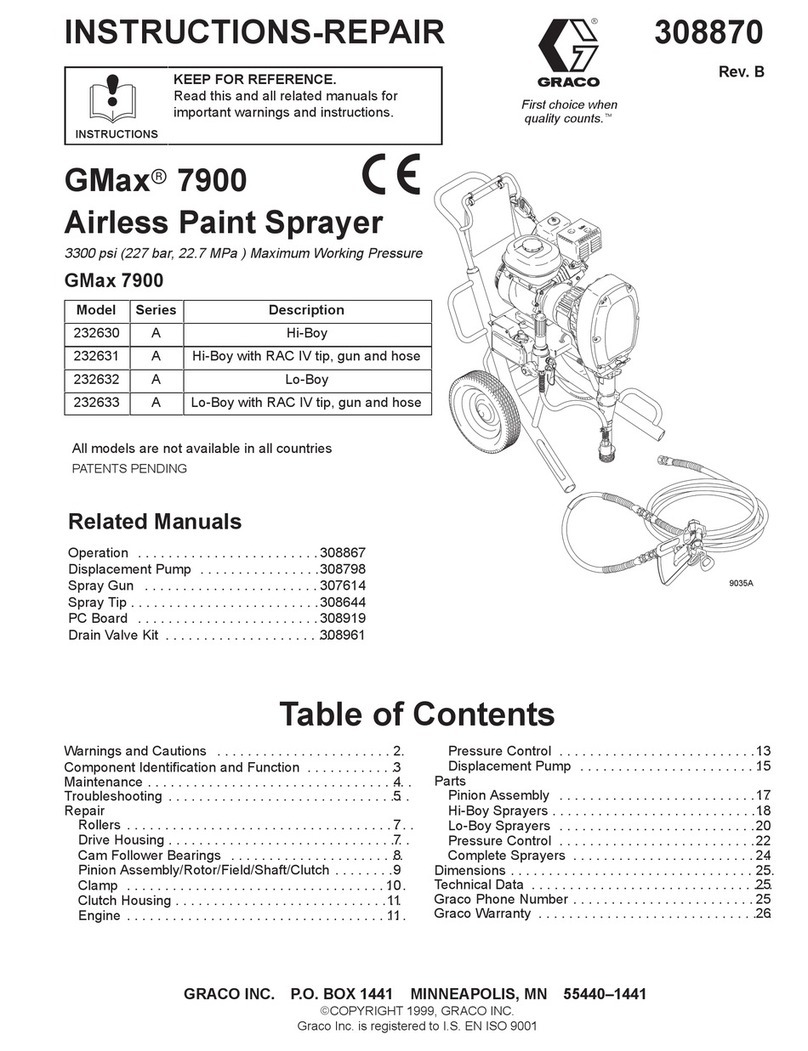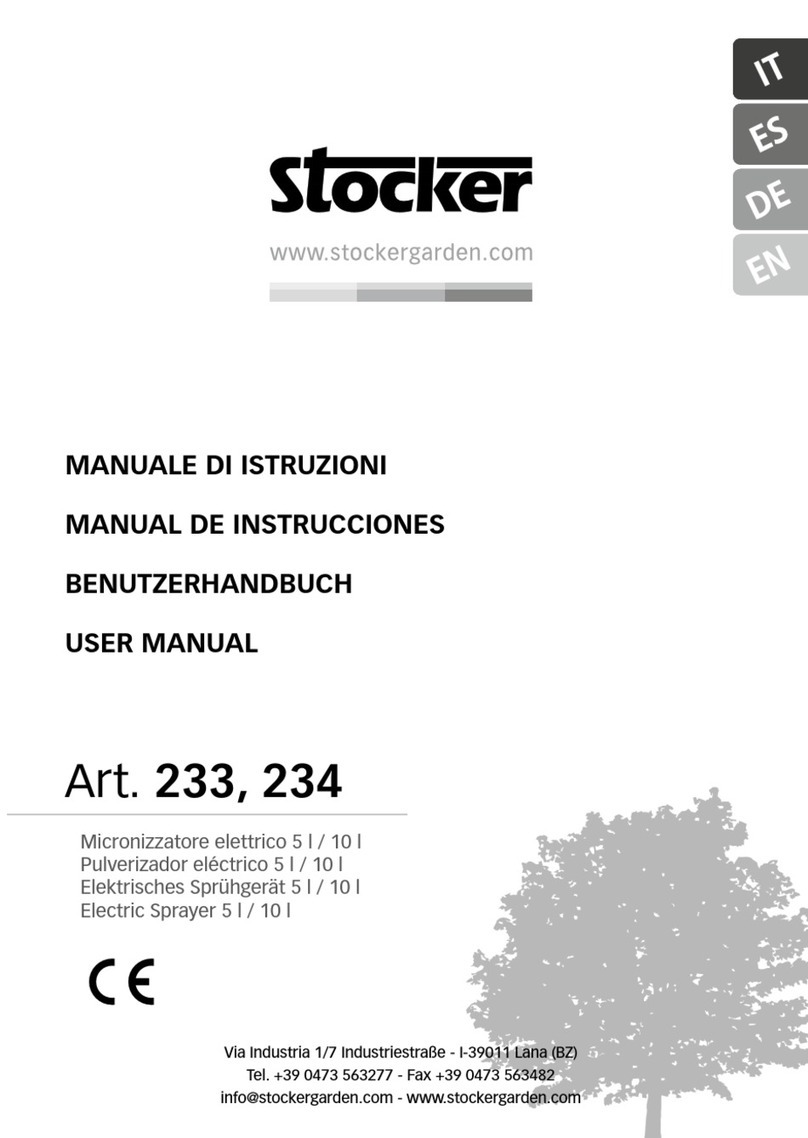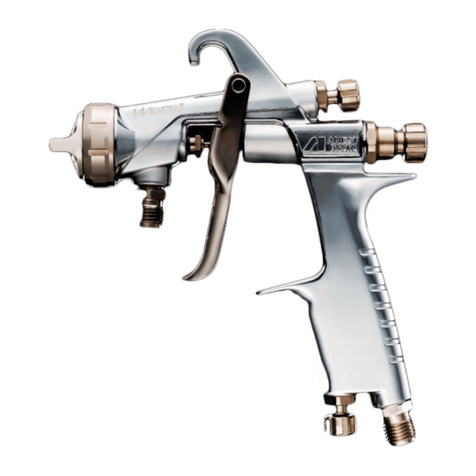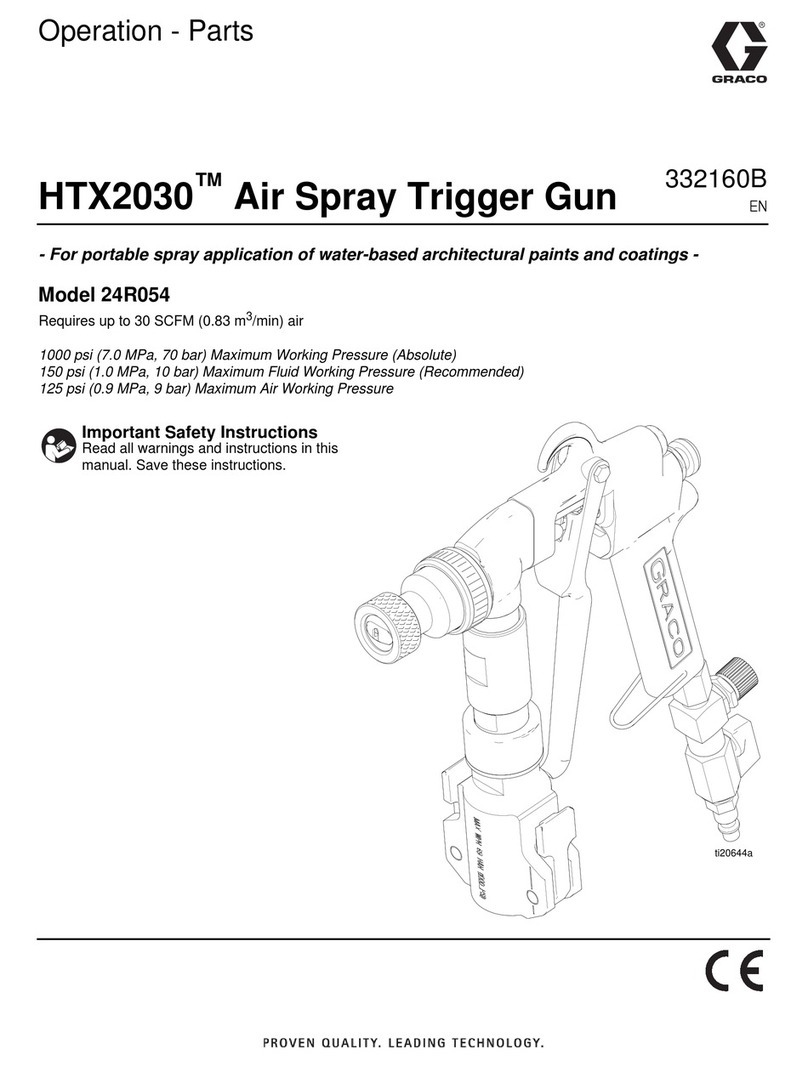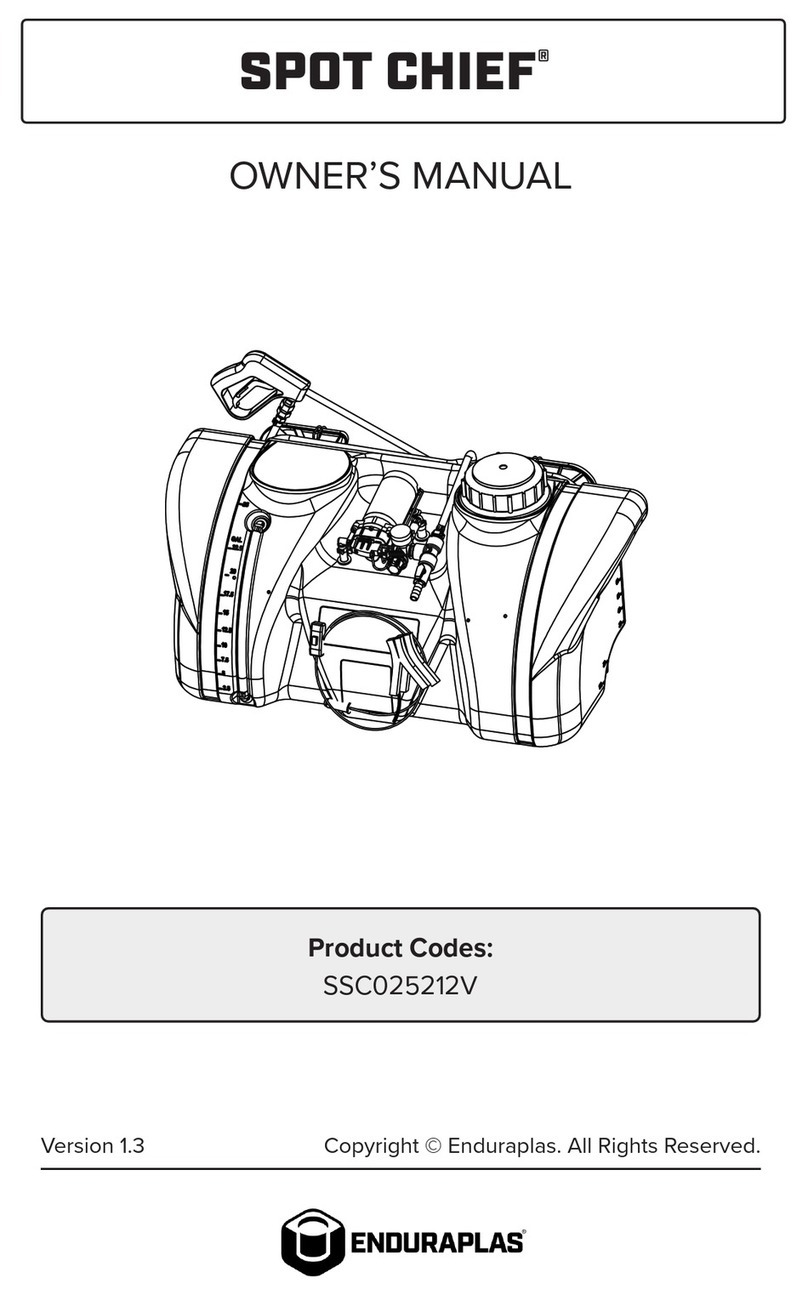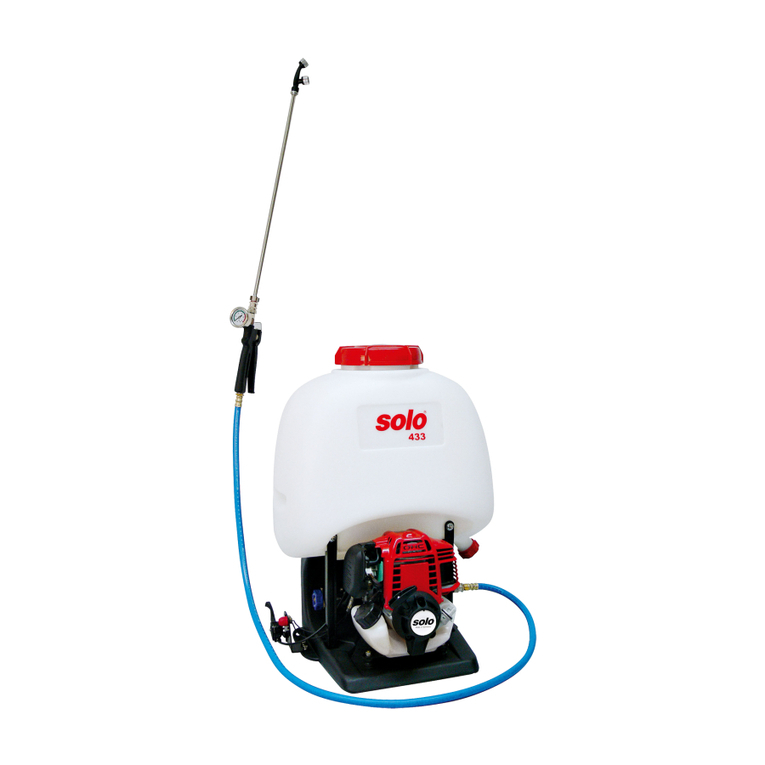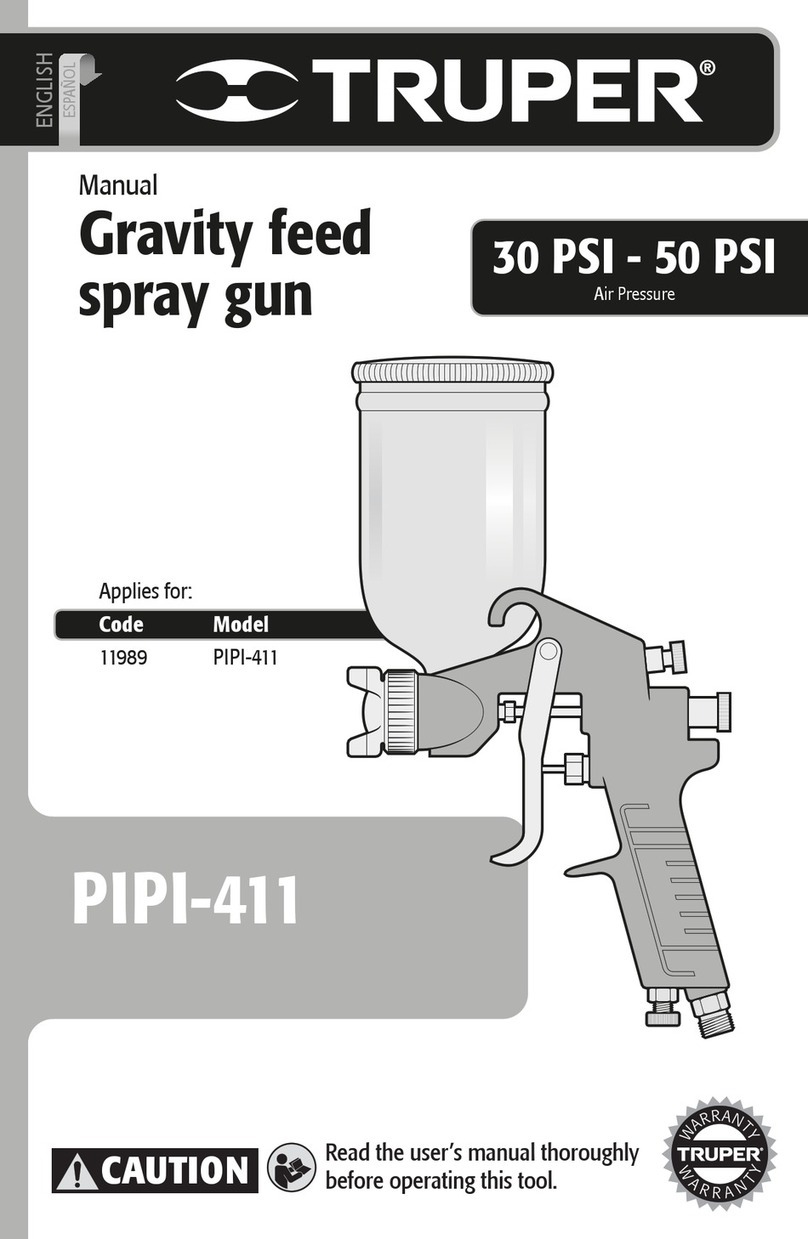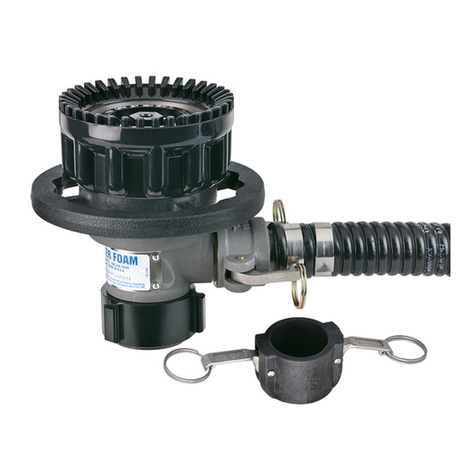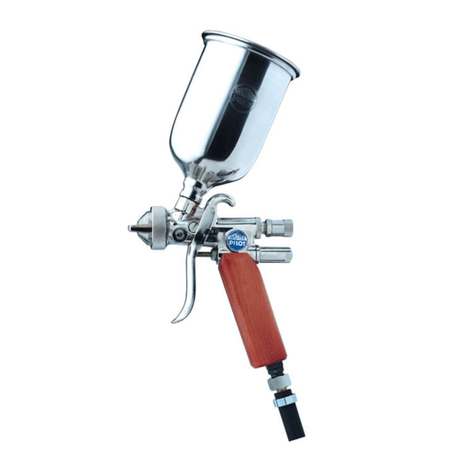
Página 14
No devuelva el atomizador a la tienda, si tiene problemas, o si tiene preguntas póngase en
contacto con nuestro Centro de Servicio al Cliente al número gratuito, de lunes a viernes
de 8:00 a.m. a 5:00 p.m., hora del Este, al 1-800-311-9903, o por correo electrónico:
PRECAUCIONES DE SEGURIDAD
• Lea el manual del propietario antes de operar este equipo.
• Use siempre gafas de seguridad, guantes y ropa de protección cuando utilice el atomizador. Consulte el
boletín técnico apropiado para ver la ropa de protección requerida para el producto químico a ser
atomizado.
• Lea y siga todas las instrucciones y precauciones de las etiquetas, de las hojas de datos de seguridad y de
los boletines técnicos de los productos utilizados en este atomizador.
• Nunca use cloro, blanqueador, agua caliente, productos cáusticos, ácidos u otras soluciones corrosivas en
el tanque del atomizador de la Serie Acetona. El atomizador de acetona debe usarse únicamente para
acetona. La acetona es extremadamente inamable.
• No deje el atomizador en el sol cuando no esté en uso.
• Rocíe cuando el aire está en calma para evitar la dispersión de sustancias químicas.
• No utilice el atomizador cerca de llamas abiertas o de cualquier otra cosa que pueda causar la ignición del
producto pulverizado.
• Inspeccione siempre la manguera y todas las conexiones de la manguera antes de cada uso. Una
manguera dañada, o una conexión suelta puede provocar una exposición involuntaria al producto
químico a presión, lo que puede conducir a lesiones graves o a daños materiales.
• No levante ni transporte el atomizador tomándolo por la manguera, por la válvula de cierre, o por la
extensión. Transpórtelo sólo con la manija de la bomba, asegurándose de que ésta se encuentre
perfectamente asegurada antes de levantar la bomba.
• No lo someta a presión con ningún dispositivo mecánico como por ejemplo un compresor de aire, ya que
esto puede crear un nivel de presión peligroso y la rotura de piezas que puede dar lugar a lesiones graves.
Sólo utilice la bomba original.
• No almacene productos químicos en este tanque.
• Libere siempre la presión cuando el atomizador no esté en uso y antes de retirar la bomba del tanque.
• No ponga la cara o el cuerpo sobre la parte superior del tanque al estar bombeando o al desenganchar la
bomba, para evitar que la bomba o la solución lo impacte y ocasione lesiones graves.
• Limpie y enjuague perfectamente el atomizador después de cada uso.
• Nunca intente alterar el atomizador de su estado original.
• Use siempre piezas de reemplazo del fabricante original a menos que se indique lo contrario
(puntas de boquilla Teejet).
• Mantenga el atomizador y todos los productos químicos fuera del alcance de los niños.
ADVERTENCIA
El atomizador funciona con líquido a presión. El no proceder con precaución ni seguir las instrucciones de
operación y limpieza puede ocasionar que el tanque, la manguera y otras partes se debiliten y se agrieten al
someterse a presión. Esto puede ocasionar lesiones graves por descarga de líquidos a alta presión o por
expulsión forzada de las piezas. Los materiales inamables utilizados en este atomizador podrían
encenderse o explotar, causando lesiones graves y/o la muerte. Para un uso seguro de este producto, debe
leer y seguir todas las instrucciones antes de usarlo.
PRUEBE EL ATOMIZADOR CON AGUA ANTES DE UTILIZAR
CUALQUIER PRODUCTO QUÍMICO.
PRECAUCIÓN
Siempre vacíe, limpie y seque el tanque, el sistema de bombeo, el dispositivo de cierre, la manguera y la
extensión después de cada uso. EL NO HACERLO PUEDE DEBILITAR LOS COMPONENTES DEL ATOMIZADOR,
OCASIONANDO QUE SE AGRIETEN AL APLICAR PRESIÓN. Además, NO LIMPIAR NI DAR EL MANTENIMIENTO
ADECUADAMENTE ANULARÁ LA GARANTÍA DEL FABRICANTE DE SU ATOMIZADOR .
ADVERTENCIA
LIMPIE SIEMPRE EL ATOMIZADOR Y APÁGUELO COMPLETAMENTE DESPUÉS DE CADA USO
O AL CAMBIAR DE APLICACIONES COMO SE INDICA EN LA SECCIÓN DE LIMPIEZA. NO
LIMPIARLO COMPLETAMENTE PUEDE CAUSAR CONTAMINACIÓN CRUZADA.




















